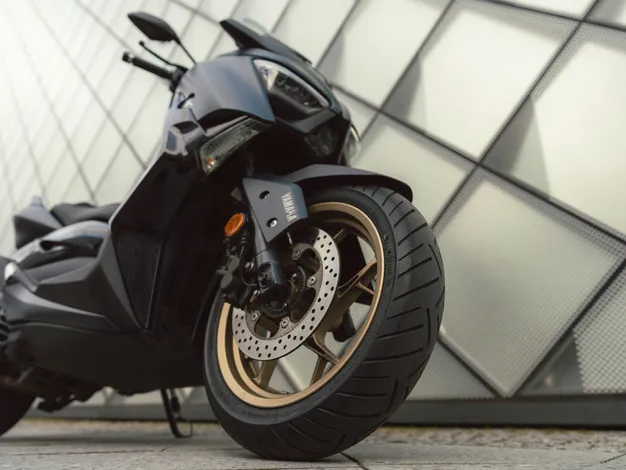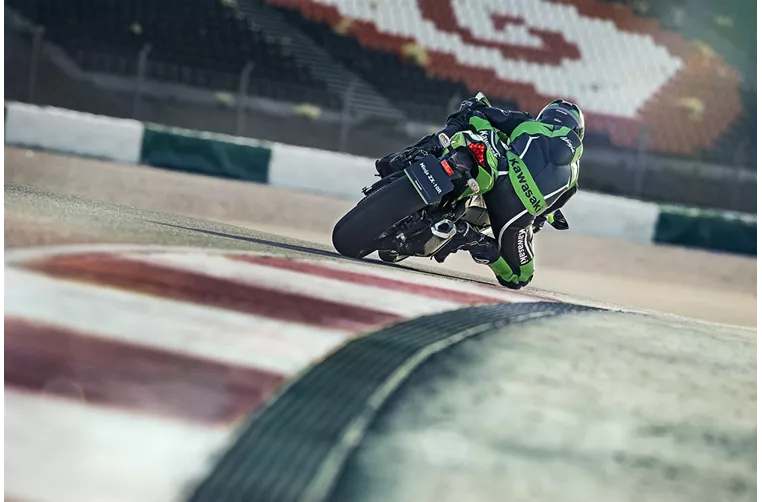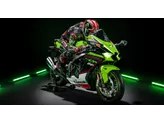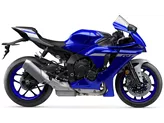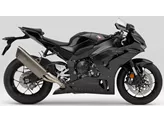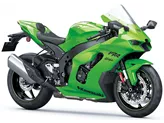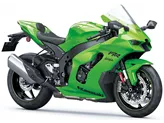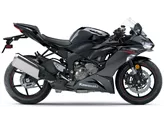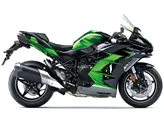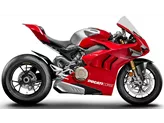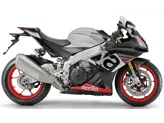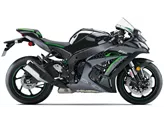Kawasaki Ninja ZX-10R 2016 vs. Kawasaki Ninja ZX-10R SE 2018
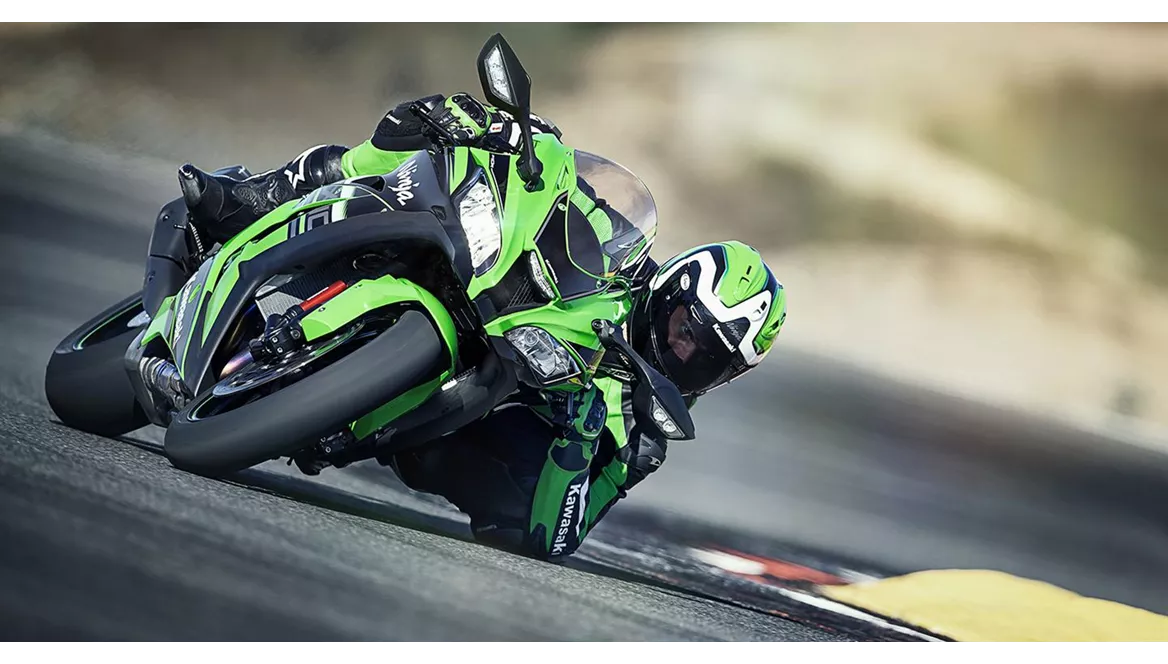
Kawasaki Ninja ZX-10R 2016

Kawasaki Ninja ZX-10R SE 2018
Pregled - Kawasaki Ninja ZX-10R 2016 vs Kawasaki Ninja ZX-10R SE 2018
The Kawasaki Ninja ZX-10R model year 2016 and the Kawasaki Ninja ZX-10R SE model year 2018 are both supersport motorcycles with similar technical specifications. They both have an inline four-cylinder engine with a bore of 76 mm and a stroke of 55 mm. The engine power is 200.1 HP in both models, with a torque of 114.3 Nm in the 2016 model and 113.5 Nm in the 2018 model. The compression ratio is 13 in both models, and they both have a displacement of 998 ccm.
In terms of suspension, both models have upside-down telescopic forks at the front and a swing arm with a monoshock at the rear. The suspension adjustments include compression, preload, and rebound. The rear suspension material is aluminum, and the frame is also made of aluminum in both models.
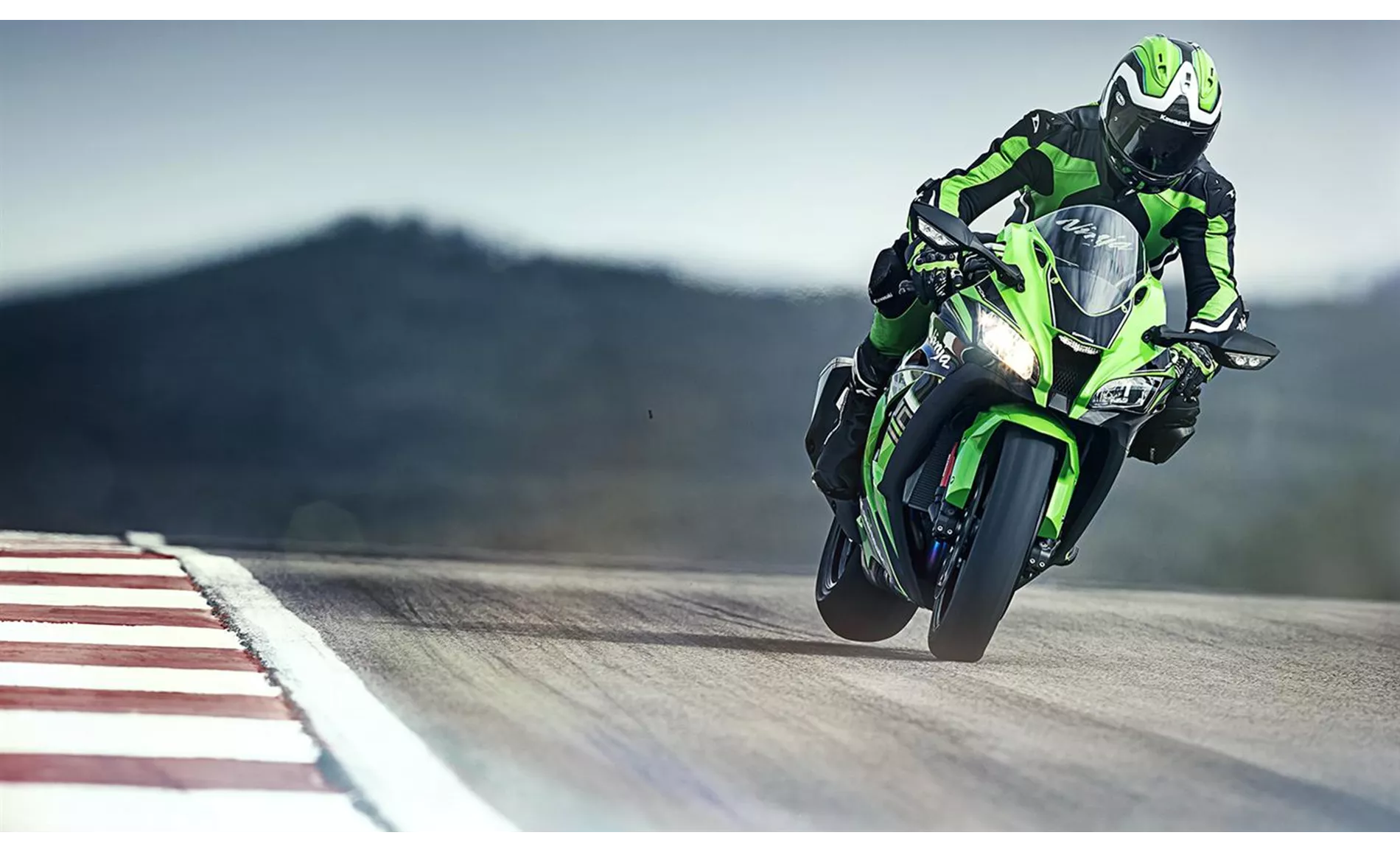
Kawasaki Ninja ZX-10R 2016
The braking system in the front consists of double disks with radial and petal technology in the 2016 model, while the 2018 model has radial technology. The dimensions and weights of the tires are the same in both models, with a front tire width of 120 mm and a rear tire width of 190 mm. The wheelbase is slightly longer in the 2018 model, measuring 1440 mm compared to 1415 mm in the 2016 model. The seat height is also higher in the 2018 model, measuring 835 mm compared to 813 mm in the 2016 model. Both models have a fuel tank capacity of 17 liters.
The strengths of the Kawasaki Ninja ZX-10R 2016 include its great chassis geometry, high-quality chassis components, very good brakes, and a wide range of electronics on board. On the other hand, the weaknesses of this model include a cockpit that is not quite optimal readable.

Kawasaki Ninja ZX-10R SE 2018
The strengths of the Kawasaki Ninja ZX-10R SE 2018 include great confidence in a well-functioning package, surprisingly great ride comfort even during brisk laps on the Nordschleife due to its electronic chassis, and very good components at all corners and ends. The geometry, chassis, and steering dampers of the 2018 model simply fit really well. It is also described as powerful and rev-happy in the upper rev range. However, the weaknesses of the 2018 model include long gearing with little pressure in the rev range, which requires more gear changes than one would like to make on a 1000cc motorcycle. The information on the display is also not large enough in hectic situations, and the overall impression appears high-quality but is no longer up-to-date.
In conclusion, both the Kawasaki Ninja ZX-10R 2016 and the Kawasaki Ninja ZX-10R SE 2018 have similar technical specifications and strengths in terms of chassis and components. However, the 2018 model offers improved ride comfort and better overall performance. The 2016 model has a slight advantage in terms of cockpit readability, while the 2018 model has some weaknesses in terms of gearing and display information.
Tehničke specifikacije Kawasaki Ninja ZX-10R 2016 u odnosu na Kawasaki Ninja ZX-10R SE 2018
Prednosti i nedostaci u odnosu na
Prednosti i nedostaci u odnosu na
Kawasaki Ninja ZX-10R 2016
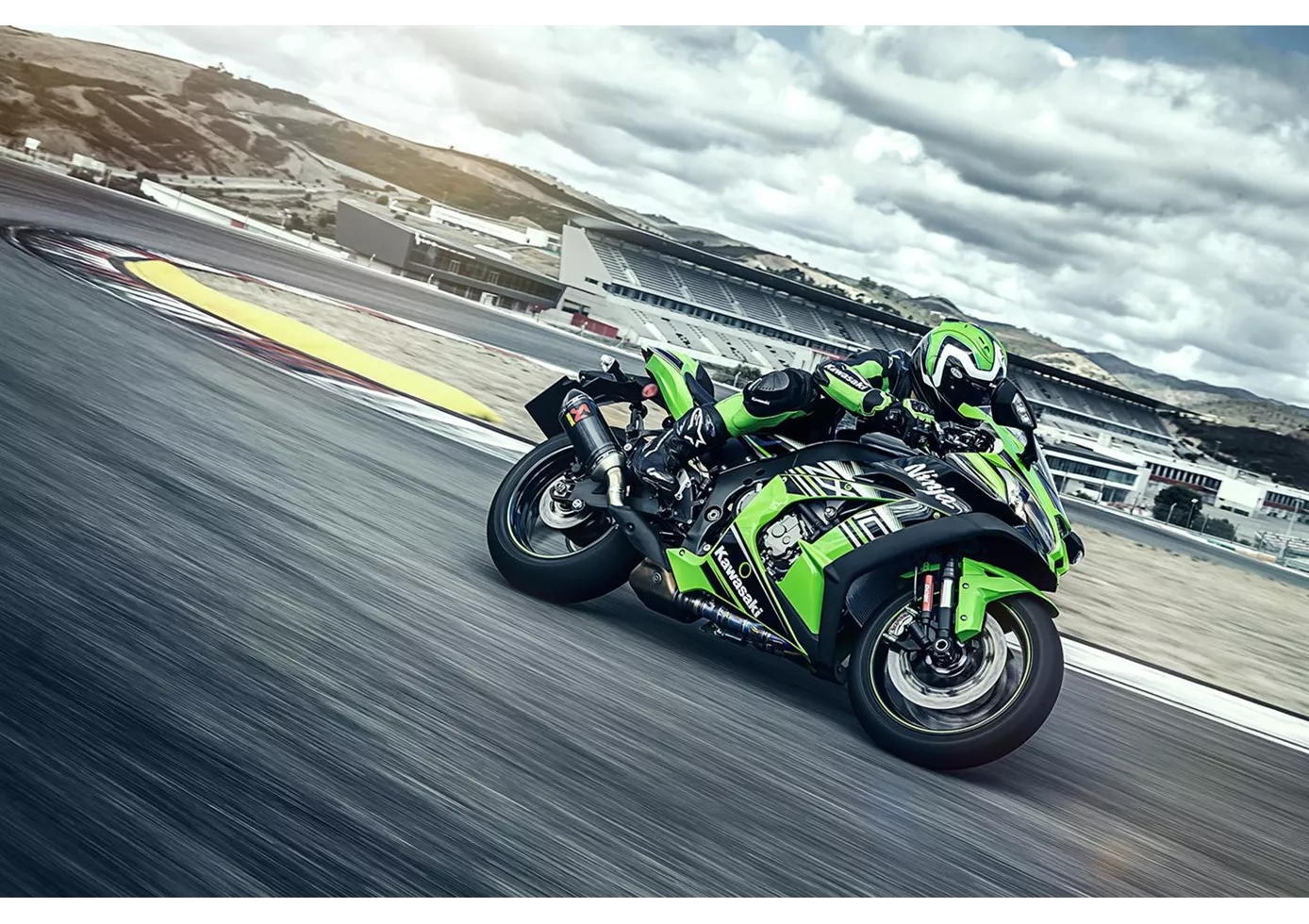
The ZX-10R Ninja has a certain majesty, at the first rollout it seems very stable, you have to force it into the radius a little. After a few laps, however, this effect is transformed into an incredible precision that allows a pinpoint line. The engine has now really become noticeably stronger and makes the Kawa an enormously good overall package that can please not only die-hard Kawasaki fans. The traction control on the Kawa is particularly positive and regulates very sensitively. You can even adjust the engine brake - so it certainly doesn't lack for electronic features. The ZX-10R is the only superbike that is already Euro4-compliant in 2016!
Kawasaki Ninja ZX-10R SE 2018

The 2018 model year Kawasaki Ninja ZX-10R SE is a motorbike for financially well-endowed motorbike connoisseurs who don't have much to do with chassis set-up, especially on the Nordschleife. The machine is mature, inspires confidence, rides reliably and is extremely fast. You can and must trust the electronic chassis without hesitation. Then riding the spooky chassis is a pleasure.
Usporedba cijena Prosječna tržišna cijena Kawasaki Ninja ZX-10R vs Kawasaki Ninja ZX-10R SE
There are a few key differences between a Kawasaki Ninja ZX-10R 2016 and a Kawasaki Ninja ZX-10R SE 2018. In terms of price, the actual average price of a Kawasaki Ninja ZX-10R SE 2018 is about 4% higher. A Kawasaki Ninja ZX-10R 2016 experiences a loss of 1,650 USD in one year of ownership. This is offset by a loss of 4,490 USD for a Kawasaki Ninja ZX-10R SE 2018. There are the same number of bikes of both models available on the 1000PS.de marketplace, specifically 4. It takes less time to sell a Kawasaki Ninja ZX-10R with 100 days compared to 314 days for a Kawasaki Ninja ZX-10R SE. Since model year 2005 1000PS.de editors have written 51 reviews for the Kawasaki Ninja ZX-10R and 5 reviews for the Kawasaki Ninja ZX-10R SE since model year 2018. The first review for the Kawasaki Ninja ZX-10R was published on 1/11/2004 and now has more than 2,900 views. This compares to more than 30,700 views for the first review on Kawasaki Ninja ZX-10R SE published on 11/7/2017.


